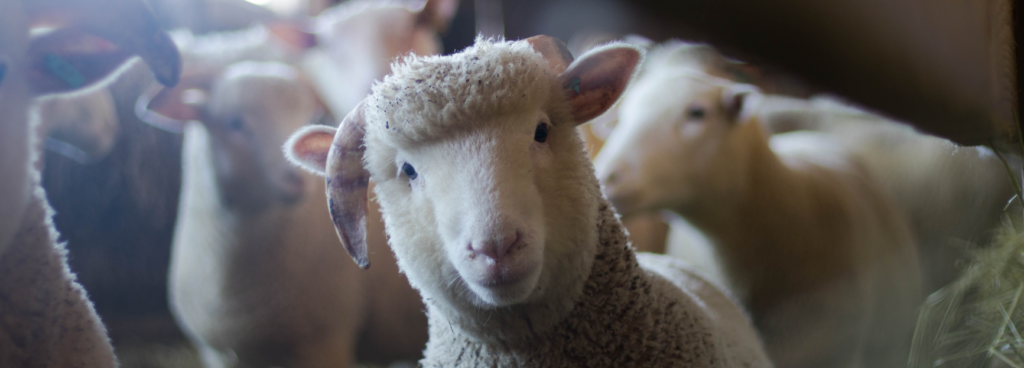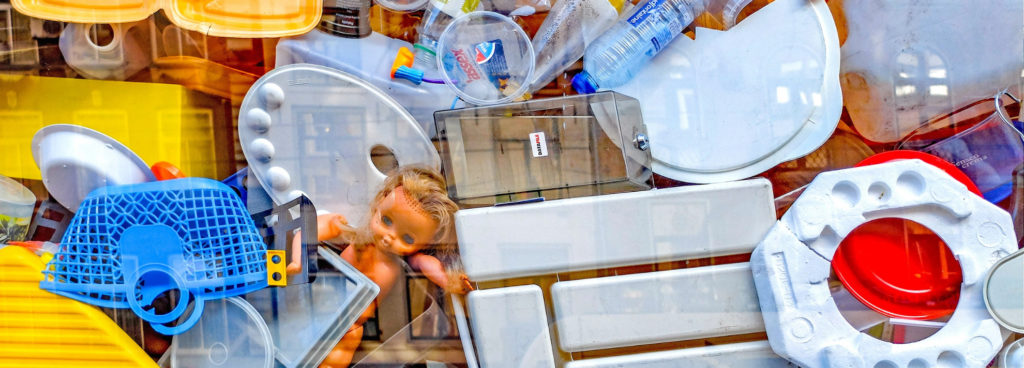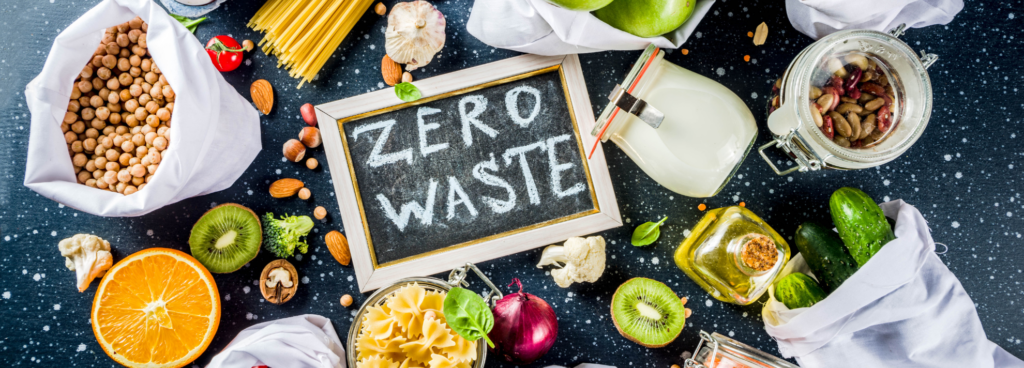Revolutionizing Agriculture: The Transformative Power of Upcycling in Farming

The global agricultural industry is at a crossroads, facing unprecedented challenges in the realms of environmental sustainability, food security, and nutrition. As the world grapples with the adverse effects of traditional farming practices and the pressing need for more sustainable solutions, a ground-breaking approach emerges – upcycling. Let’s explore the ideas on how upcycling can transform farming industry.
Crop residue utilization: enriching soil through upcycling
Crop residue utilization stands as a sustainable practice that harnesses the power of upcycling in the agricultural realm. In the wake of harvest, fields are often strewn with leftover plant materials – leaves, stalks, and stems – that are frequently discarded or left to decompose. However, these remnants hold hidden potential to be upcycled for soil enrichment.
By reintroducing crop residues into the soil, farmers can enhance soil health and productivity while curbing waste. These residues act as a natural source of organic matter, working to improve soil structure, water-holding capacity, and nutrient retention. As the residues break down over time, they release essential nutrients back into the soil, nourishing crops for future growth cycles.
Crop residue utilization not only bolsters soil fertility but also reduces the need for synthetic fertilizers, minimizing the environmental impact of agriculture. Furthermore, improved soil structure resulting from upcycled residues promotes better root development and aeration, fostering healthier plant growth.
This practice is a win-win for farmers and the environment. It showcases the potential of upcycling as a means to close the loop in the agricultural cycle, turning what might have been discarded into a valuable resource. By embracing crop residue utilization, farmers pave the way for more sustainable and resilient farming practices that contribute to a greener, healthier planet. Of course, soil studies and tests must be done, to see what quality it is after decomposition of crop residue.
Composting agricultural by-products: a green revolution through upcycling
The agricultural industry is presented with an exceptional opportunity to embrace upcycling through the practice of composting agricultural by-products. Often overlooked or discarded, fruit and vegetable peels, husks, and residual plant matter hold immense potential for transformation into valuable resources.
Composting serves as a sustainable solution that not only reduces waste but also creates nutrient-rich organic matter known as compost. By channelling agricultural by-products into composting systems, farmers can upcycle these materials into a potent natural fertilizer. Compost enriches the soil with essential nutrients, enhances its water-holding capacity, and improves overall soil structure.
Beyond its soil-enriching properties, composting plays a pivotal role in mitigating environmental impact. Instead of contributing to landfill waste and emitting harmful greenhouse gases, agricultural by-products are repurposed into a valuable resource that promotes plant health and reduces reliance on synthetic fertilizers.
Composting agricultural by-products exemplifies the power of upcycling in agriculture. It’s a practice that not only contributes to more sustainable farming but also underscores the potential for innovation within the industry. By recognizing the inherent value in what might have been discarded, farmers embark on a journey toward a greener, more efficient, and more environmentally conscious agricultural landscape.
Livestock waste to energy: empowering agriculture through upcycling

Conversion of livestock waste into renewable energy is such remarkable endeavour. Livestock operations generate substantial quantities of manure, which, instead of being a liability, can be upcycled into a valuable resource.
Through anaerobic digestion systems, livestock waste is harnessed to produce biogas, a renewable energy source. This biogas, predominantly composed of methane, can be utilized for on-farm energy needs, powering equipment, heating, and even electricity generation. This not only curtails reliance on fossil fuels but also reduces greenhouse gas emissions by harnessing methane, which is a potent contributor to climate change.
The process goes a step further by yielding nutrient-rich digestate, a by-product that can be utilized as organic fertilizer. This closed-loop approach completes the cycle of upcycling, as waste is transformed into both energy and valuable agricultural inputs.
Livestock waste conversion to energy is a beacon of sustainable innovation, showcasing the potential of upcycling to address multiple challenges simultaneously. It underscores the power of agriculture to not only feed the world but also contribute to renewable energy generation and environmental preservation, underscoring the transformative role of upcycling in modern farming practices.
Upcycling for Sustainable Food Innovation: The IPSUS Project
Food’s impact on both human health and the environment is undeniable. The urgent need for sustainable solutions has sparked the IPSUS project, led by Dr. Parag Acharya at NRI. This initiative, running from 2022 to 2025, focuses on “Innovative Upcycled Plant Proteins for Sustainable Food Systems.” By repurposing crop and algae produce that would have been discarded, the project aims to revolutionize food systems.
Collaborating with Dr. Acharya, a team from NRI/University of Greenwich includes experts such as Dr. Tanya Stathers, Prof. Delia Randolph, and Dr. Mofakkarul Islam. These researchers are exploring upcycling possibilities for plant proteins, addressing food loss and waste (FLW) streams, potential safety concerns, market trends, and consumer acceptability.
Funded through a joint SUSFOOD/FOSC venture, the IPSUS project brings together partners from various countries. It zeroes in on six protein-rich commodities—pumpkin, hazelnut, grape, potato, brewers’ spent grain, and seaweeds—that are often wasted. The goal is to extract protein and nutrients from these overlooked sources, curbing the ~1.6 billion tonnes of annual global FLW.
The IPSUS project’s multi-disciplinary approach strives to achieve Net Zero by linking sustainable protein shifts and food waste valorisation. By upcycling these materials, the project offers a crucial step toward reducing greenhouse gas emissions and biodiversity loss linked to livestock. Transitioning to more sustainable protein sources, like plant-based alternatives, is essential to meet the rising demand for meat.
The project delves into novel protein extraction methods and evaluates nutritional quality and safety. It aims to develop transformative plant-based meat and dairy alternatives, addressing issues of nutritional content and clean labelling. By understanding consumer preferences, barriers, and regulatory landscapes, the IPSUS project paves the way for a greener, more sustainable food future. (Source of this paragraph is https://www.nri.org/latest/news/2022/upcycling-food-waste-for-innovative-plant-based-meat-and-dairy-alternatives )
Incorporating these upcycling practices into farming operations not only contributes to sustainability but also demonstrates how innovative thinking can address multiple challenges simultaneously, from waste reduction to soil health improvement and renewable energy generation.





Responses